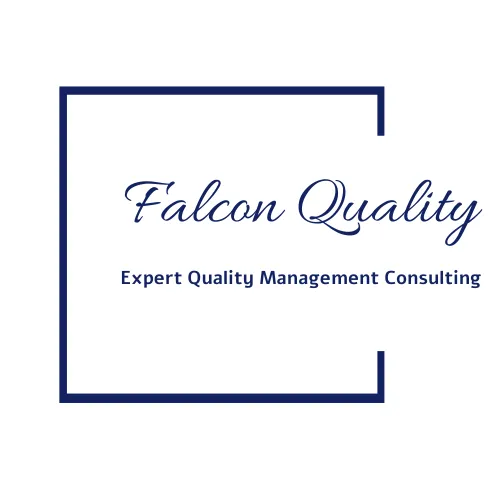
ISO9001 GAP Analysis Question 52 Post-delivery activities associated with the products and services.
To determine whether post-delivery activities are adequately defined and managed, begin by reviewing documented procedures that outline the organization’s commitments and processes for any post-delivery responsibilities, such as warranty provisions, maintenance services, recycling, or final disposal. The organization should have clear policies describing each type of post-delivery activity it provides, including any customer or regulatory requirements it must meet. Ensure that the scope of post-delivery activities aligns with statutory, regulatory, and customer expectations, and that the organization’s resources and capabilities are suited to fulfill these commitments.
Assess whether the organization has defined criteria and methods for each post-delivery activity. For example, warranty terms should detail what is covered and the duration, while maintenance services might specify intervals or conditions under which service is provided. Examine records and documentation to confirm that these criteria are consistently applied and communicated to customers. Any agreements with customers regarding these activities should be clearly documented and accessible to relevant personnel.
It is also essential to evaluate how the organization monitors and manages post-delivery feedback and potential risks associated with products or services in use. Look for mechanisms in place for gathering customer feedback on post-delivery performance, handling complaints, and analyzing issues for continual improvement. Documented procedures should address how the organization assesses potential risks tied to product lifecycle and ensures compliance with any environmental responsibilities, such as recycling or disposal.
Finally, verify that the organization retains records of post-delivery activities and any actions taken in response to identified issues. These records should include information on services rendered, customer communications, corrective actions, and lessons learned. Documented information should demonstrate that post-delivery activities are not only managed effectively but are also reviewed periodically to ensure ongoing alignment with requirements and continuous improvement.